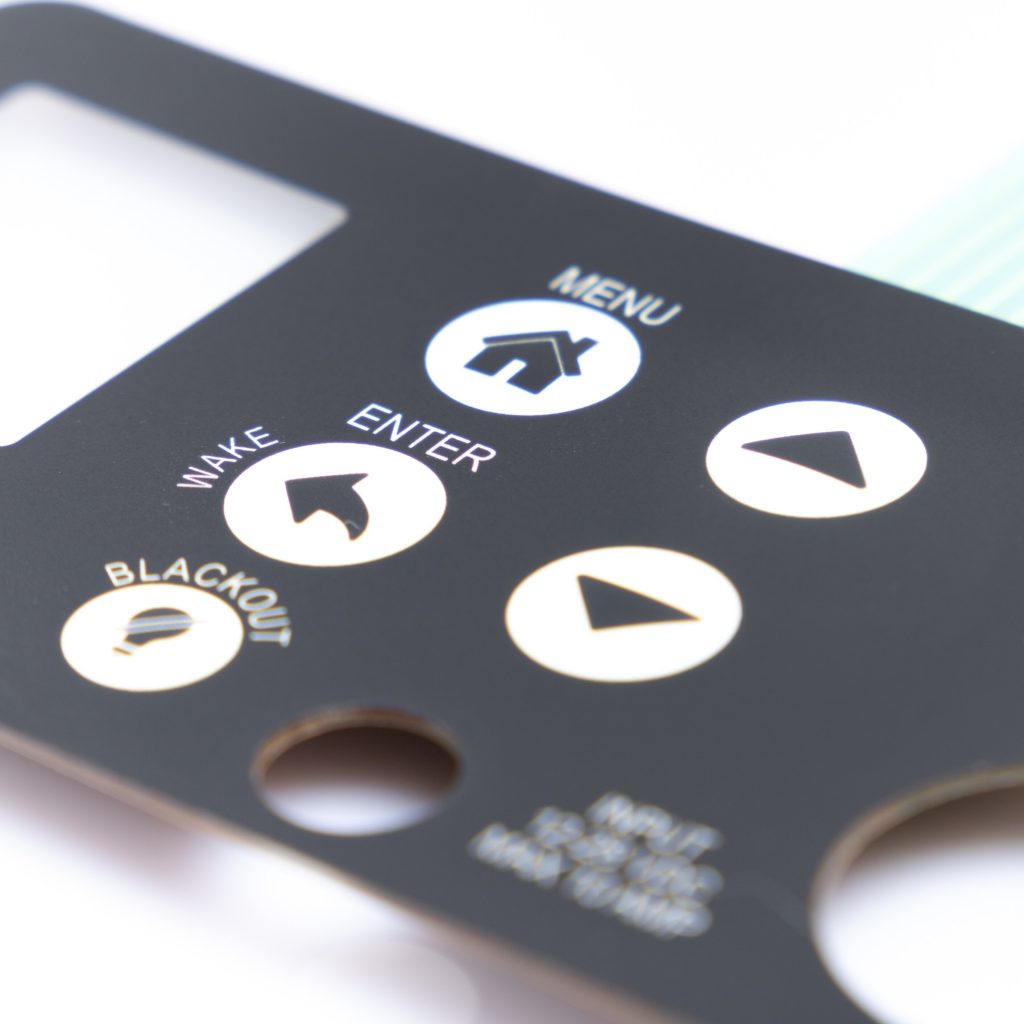Contact
Write to Us And We Would Be Happy to Advise You.
Do you have any questions, or would you like to speak directly with a representative?
By hqt
In today’s increasingly interconnected and wireless world, the importance of RFI/EMI shielding cannot be overstated. Radio Frequency Interference (RFI) and Electromagnetic Interference (EMI) are two formidable challenges that electronics face daily. Without proper shielding, these electronic disturbances can wreak havoc on our devices and systems. In this article, we will explore the intricacies of RFI/EMI shielding, its significance, and the various techniques employed to protect our precious electronic components.



RFI, or Radio Frequency Interference, refers to the unwanted electromagnetic interference caused by radio frequency signals. These signals emanate from various sources, including radios, cell phones, Wi-Fi routers, and even microwave ovens. When these signals interfere with the operation of electronic devices, it can lead to reduced performance and malfunctions.
EMI, or Electromagnetic Interference, is a broader category that encompasses interference from both natural and man-made sources. Natural sources include lightning and solar radiation, while man-made sources encompass power lines, electronic equipment, and more. EMI can disrupt electronic circuits, causing data corruption and equipment damage.
With the increasing complexity of electronic devices and their integration into various industries, the need for reliable RFI/EMI shielding has never been greater. Here’s why it matters:
In sensitive applications like medical devices and aerospace systems, data integrity is paramount. RFI/EMI shielding ensures that critical data transmission remains secure and free from interference.
Many industries, such as healthcare and telecommunications, are subject to strict regulatory requirements. RFI/EMI shielding helps meet these standards, ensuring compliance and product safety.
Electronic components are investments, and their longevity is essential. Shielding against RFI/EMI helps extend the lifespan of these components, reducing maintenance costs.
One of the most common techniques involves applying conductive coatings to electronic components. These coatings create a barrier that absorbs and redirects electromagnetic interference.
Faraday cages are enclosed metallic structures that block electromagnetic fields from entering or exiting. They are often used in laboratories and sensitive research environments.
Ferrite beads are small, cylindrical components that can be added to cables and wires. They suppress high-frequency noise and are commonly used in power cords and USB cables.
If you’re looking to protect your electronics from interference, here are some DIY tips:
When connecting devices, opt for shielded cables to minimize interference from external sources.
Proper grounding can reduce the risk of EMI. Ensure that your electronic devices are connected to a grounded outlet.
Ferrite chokes can be attached to cables near their connectors to filter out high-frequency interference.
In a world where electronics play a central role in our daily lives, RFI/EMI shielding is a crucial technology that ensures the reliability and longevity of our devices. By understanding the principles behind RFI and EMI, recognizing their significance, and employing effective shielding techniques, we can continue to enjoy the benefits of our interconnected world without compromising the performance of our electronics.
RFI/EMI shielding works by creating barriers that absorb or redirect electromagnetic interference, preventing it from affecting electronic components.
Industries such as healthcare, aerospace, telecommunications, and military applications rely heavily on RFI/EMI shielding due to their sensitive and critical nature.
RFI/EMI shielding materials are designed to be safe for use in electronic devices and do not pose health risks to users.
Yes, in many cases, you can retrofit existing electronic devices with RFI/EMI shielding to improve their performance and longevity.
RFI/EMI shielding materials and components can be found at electronics supply stores and online retailers that specialize in electronic components.
Do you have any questions, or would you like to speak directly with a representative?